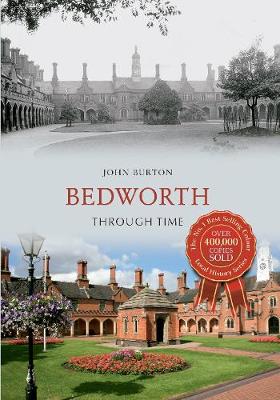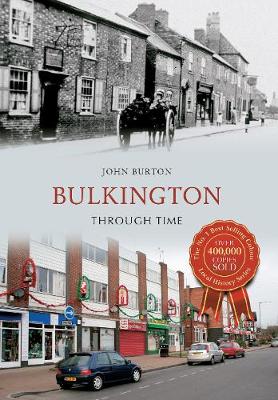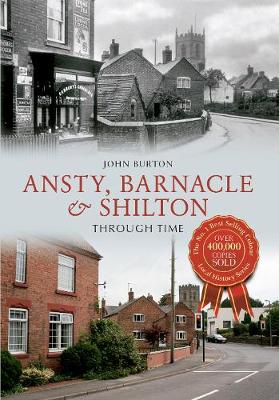Through Time
3 total works
Bedworth's long history, from its Saxon origins to its Domesday entry as a small farming settlement, and later to near extinction in the Black Death, has always been marked by hardship and poverty. Seventeenth-century hearth tax returns show it as the poorest village in Warwickshire. Hardship has given its inhabitants a distinctive and a gritty determination that marks them still, despite the changes of the last hundred years. The need for huge amounts of coal to drive the Industrial Revolution transformed the village into a town, and the coming of ribbon-weaving to the area changed its physical appearance. Squeezed by Coventry to the south and Nuneaton to the north, Bedworth remains proud of its achievements, of traditions and fierce independence. The photographs in this book show the extraordinary changes that have taken place over the last 120 years.
The village of Bulkington, situated in the county of Warwickshire, has a long and rich history. The earliest records of the village and surrounding area can be traced back to the eleventh century. Throughout the medieval period Bulkington remained predominantly agricultural, but this changed with the introduction of the ribbon-weaving industry. The village has since changed from an agricultural and ribbon-weaving village into a commuter suburb for Nuneaton and Coventry. It is admirable that many in the village strive to retain the identity and memories of the communities of Ryton, Weston, Bramcote and Bulkington. Since 1990 a new generation has grown up with no memories of old Bulkington. It is for those readers, and for those who have moved into the village, that this book will provide particular interest. For those who remember old Bulkington this book will also provide nostalgic pleasure.
These three villages to the north-east of Coventry are within a mile of each other, yet are distinct communities with different histories, traditions and rivalries. Ansty has an imposing seventeenth-century hall, now a hotel, which influenced village life and employment. Ansty was also close to early coal mines and the Oxford Canal, now a popular tourist route. Shilton had many ribbon-weavers in the nineteenth century, as well as agriculture. Ansty and Shilton retain Anglican churches, and Shilton has a tiny Baptist church. Barnacle has a Methodist chapel and found itself split between nearby Bulkington and Shilton when parish boundaries mattered more. It used to have two pubs and a shop. Two farms have Civil War associations. The old photographs have been gathered over thirty years. The images compare starkly with the present day, when most residents have to work outside the villages.


